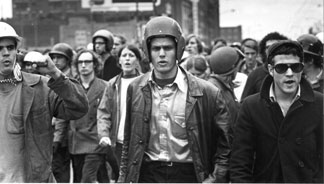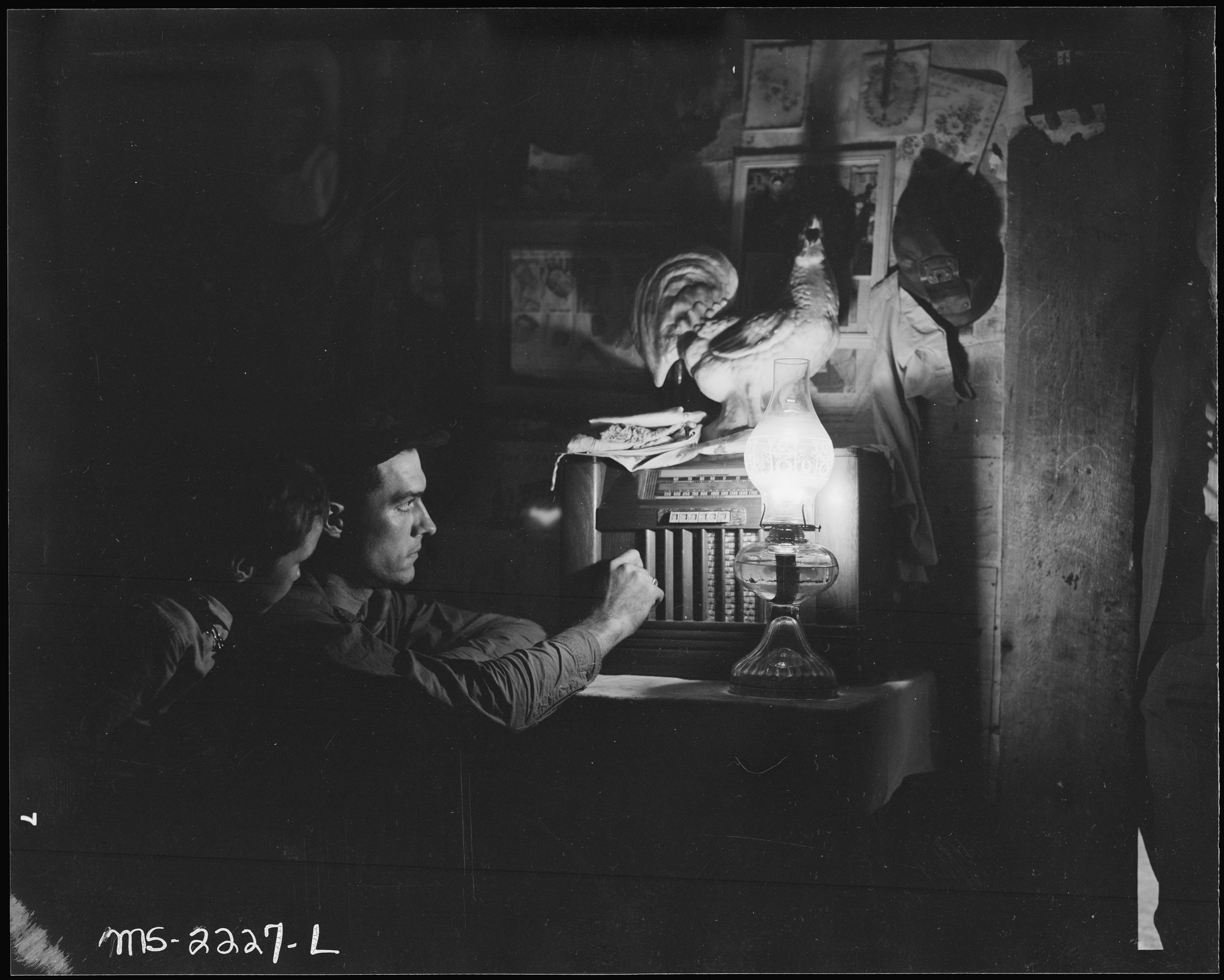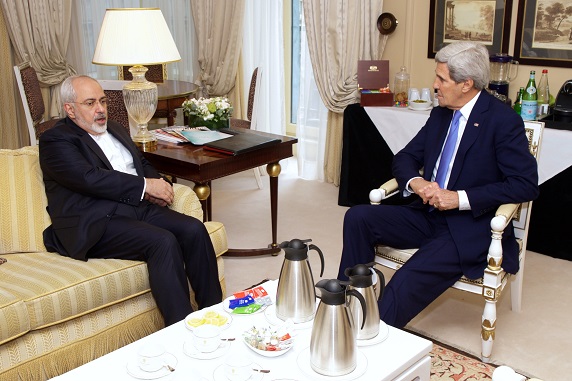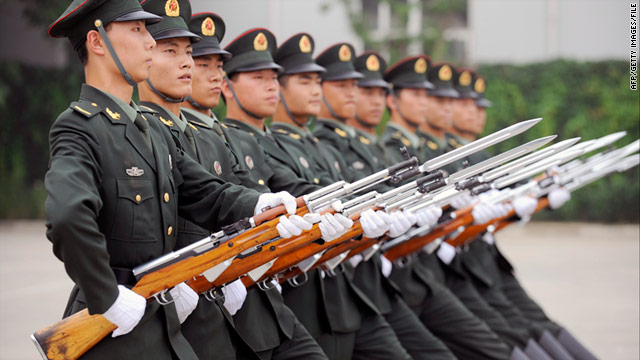What do you think of when you think of terrorism? For most, events like 9/11, the London Subway Bombings, and individuals like Osama Bin Laden and Anders Berivik come to mind. In the present day, the public’s perception of terrorism has been molded by what the media classifies as “terror”. We currently live in a world without a legal definition of terrorism. So if the media tells us something is an act of terror, we tend to digest it as such. The general public’s media driven perception of terrorism allows for increased awareness of the issue, but it also causes us to turn a blind eye to less conventional forms of terrorism. The purpose of this article is to profile one of the least known domestic terrorism groups in modern history; the Weather Underground, and to outline the importance of vigilance in ensuring we as a society are aware of less obvious terror threats that still could still be a danger.
“The Weather Underground evolved from a student organization opposed to racism and Vietnam War to a domestic terrorist group with murderous intent”
Despite most people’s tendency to associate the summer of 1969 with the popular Bryan Adam’s song, it was also a time of great unrest in the mid-western United States. In one uprising, hundreds of young people wielding lead pipes and other weapons marched through the streets of upscale Chicago destroying everything in their path. This violent demonstration, started by a group of University of Chicago students, marked the beginning of was to be forever known as the “Days of Rage”. The group became known as “The Weather Underground”, and their demonstration in the streets of Chicago had only been the beginning. The group that started as the Students for a Democratic Society (SDS) organization would eventually be amongst the FBI’s Most Wanted domestic terrorists.

The Weather Underground began as a small group of University of Chicago students opposed to the ongoing Vietnam War, and the racial clashes throughout America. At the time, the student group had orchestrated a number of demonstrations to promote their various causes, and to voice their displeasure to the world. The SDS was a peaceful student organization, like thousands of others in the United States, but at the University of Chicago it became the breeding ground for a much more radical group. The Weather Underground emerged when a section of the SDS broke off because of a disagreement over protest tactics, as some believed the only way to generate change was through a violent uprising.
Within months of its separation from the University of Chicago’s sanctioned student organization, the Weather Underground had initiated violent riots, vandalism sprees, set off bombs at the National Guard Headquarters, and set in motion a terror plot to bomb targets across the United States that the extremist group felt symbolized the violence sanctioned by the American Government.
The increasingly violent tendencies of the group, and their public goal to incite revolutionary violence against the state had pushed them to the top of the FBI’s Most Wanted list, and forced the group into hiding. While in hiding, the group conducted further targeted bombings at government buildings like the Pentagon and police stations. They also carried out robberies in New York State, which resulted in the deaths of police officers and security guards on site. The Weather Underground also planned to use homemade pipe bombs to kill military personnel at an officer’s dance in Fort Dix, New Jersey. However, those responsible for the construction of the bombs accidentally triggered them inside their hideout at a townhouse in Greenwich Village, New York, resulting in the deaths of three members of the terrorist group. Following this incident, expert on radical left terrorism, Dr. Harvey Klehr stated that “The only reason they were not guilty of mass murder is mere incompetence”. It is believed that this incident changed the philosophy of the Weather Underground, and an emphasis was placed on destruction of state property, as opposed to the harming of human life.
Regardless of their philosophical changes, the Weather Underground evolved from a student organization opposed to racism and Vietnam War to a domestic terrorist group with murderous intent. The group eventually dissolved, as its underground nature resulted in decentralization and eventual disbandment.
Although the Weather Underground were a less conspicuous terrorist force, the group and their actions are a reminder that terrorism comes in many shapes and sizes, and the general public must not overlook groups of this nature as being a destructive terrorist force. Small terrorist organizations, or “lone wolf” terrorist operations, cause the most damage domestically. They are generally more difficult to track by authorities than larger organizations, and it is through small group covert methods that groups like the Weather Underground operate successfully. Lone wolf terrorists like Anders Breivik and Timothy McVeigh were similarly able to evade the authorities during the planning stage. In comparison, groups like al Qaeda are under constant surveillance by the intelligence community, and therefore, many of their operations are foiled before they can come to fruition.
Given the level of difficulty that authorities face in stopping organizations of this nature, and the apparent lack of attention paid to home-grown terror threats, it is imperative that we make more of an effort to learn from domestic terrorism’s violent history in the west. As a society, we must be ever vigilant of the groups in our own backyard. Groups like the Weather Underground prove that terrorism stretches beyond the borders of the Middle East and the ideology of religion. Terrorism can breed from anywhere, and for any reason.




